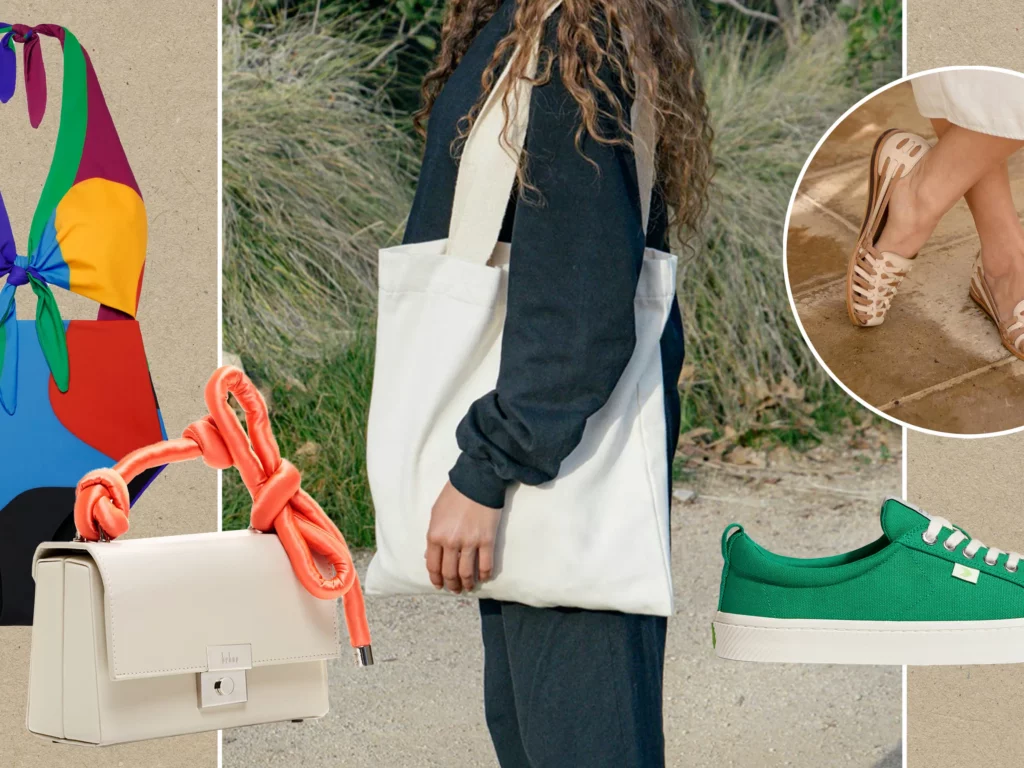In an age where climate change and environmental issues are at the forefront of global concerns, the fashion industry is also being scrutinized for its impact on the planet. Fast fashion, characterized by its rapid turnover of trends and disposable clothing, has led to excessive waste, pollution, and exploitation of resources. However, there is a growing movement towards eco-friendly fashion and sustainable style. As consumers, we have the power to make more conscious choices when it comes to our wardrobe. In this article, we’ll explore sustainable fashion and offer some practical tips for building a greener wardrobe.
Understanding Sustainable Fashion
Sustainable fashion is an approach to clothing that takes into consideration the entire lifecycle of a garment, from its production to its disposal. It aims to minimize the negative environmental and social impacts associated with the fashion industry. There are several key principles that define sustainable fashion:
- Ethical Production: This involves fair wages, safe working conditions, and the absence of child labor in the manufacturing process. Ethical production ensures that the people involved in making the clothing are treated fairly and with respect.
- Environmentally Friendly Materials: Sustainable fashion prioritizes the use of eco-friendly materials like organic cotton, hemp, Tencel, and recycled fibers. These materials reduce the environmental impact of clothing production.
- Minimal Waste: Sustainable fashion brands strive to reduce waste by creating designs that maximize fabric efficiency and by repurposing or recycling materials.
- Slow Fashion: Instead of following fast-paced trends, sustainable fashion promotes the concept of “slow fashion,” where clothing is made to last. High-quality, timeless pieces are favored over disposable fashion.
- Transparency: Ethical and sustainable brands are transparent about their production processes and sourcing of materials. They encourage consumers to ask questions and make informed choices.
Tips for a Greener Wardrobe
Now that we understand the principles of sustainable fashion, let’s explore practical tips for building a greener wardrobe:
1. Educate Yourself: Start by learning about sustainable fashion brands and their practices. Look for certifications like Fair Trade, Global Organic Textile Standard (GOTS), and OEKO-TEX Standard 100 when shopping for clothing.
2. Buy Less, Choose Well: Adopt the “less is more” mindset. Instead of buying multiple low-quality items, invest in a few high-quality, versatile pieces that will last longer. Prioritize classic styles over fleeting trends.
3. Thrift and Secondhand Shopping: Thrifting is an eco-friendly way to update your wardrobe. It reduces clothing waste and extends the life of pre-owned garments. You can find unique, vintage pieces while supporting a circular economy.
4. Repair and Upcycle: Learn basic sewing skills to repair minor damages and extend the life of your clothing. Get creative by upcycling old garments into new styles or accessories.

5. Capsule Wardrobe: Consider creating a capsule wardrobe with a limited number of essential items that can be mixed and matched. This reduces the need for excessive clothing and simplifies your daily outfit choices.
6. Choose Eco-Friendly Materials: Look for clothing made from organic, sustainable, and recycled materials. These fabrics often have a lower environmental impact and are produced using eco-conscious methods.
7. Support Local and Ethical Brands: Seek out local and ethical fashion brands that prioritize fair labor practices and sustainable production. Supporting these businesses can have a positive impact on your community.
8. Rent or Borrow: For special occasions or trendy pieces you may only wear once, consider renting or borrowing instead of buying. This reduces the demand for new clothing production.
9. Care for Your Clothes: Properly care for your clothing by following care instructions, washing in cold water, and air-drying when possible. This extends the lifespan of your garments and reduces energy consumption.
10. Recycle Responsibly: When it’s time to part with clothing, donate or recycle them responsibly. Many clothing brands and organizations have recycling programs to keep textiles out of landfills.
Conclusion
Eco-friendly fashion is more than just a trend; it’s a necessary shift towards a more sustainable and ethical way of dressing. By adopting sustainable style practices and making conscious choices, we can reduce the fashion industry’s environmental impact and contribute to a greener future. Start small, educate yourself, and gradually build a wardrobe that reflects your commitment to a more sustainable world. Your choices as a consumer can make a significant difference in the fashion industry’s journey towards sustainability.




